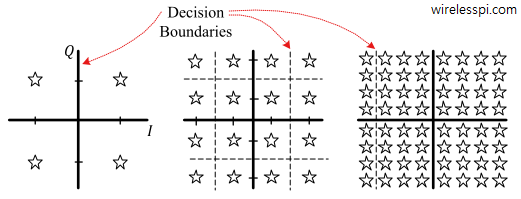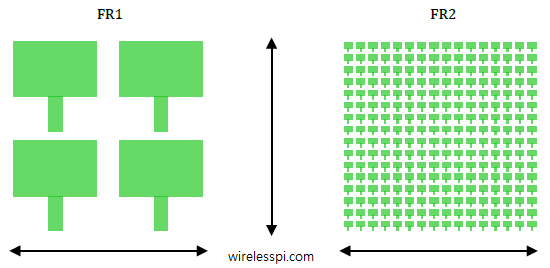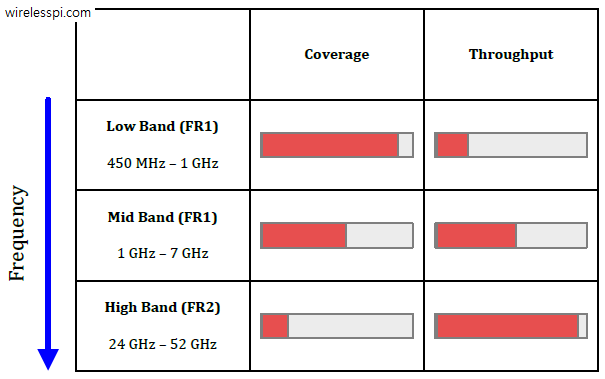Quadrature Amplitude Modulation (QAM) is one of the most spectrally efficient modulation schemes. This is why it is used in a wide range of digital and wireless communication systems. Recently, Ref. [1] describes a list of QAM schemes used in the standards as below which I think can be useful for an interested reader. Standard QAM Alphabet Size $M$ Bits/Symbol $\log_2 M$ Digital Video Broadcasting – Cable (DVB-C) 16 to 256 4 to 8 Digital Video Broadcasting – Cable 2 (DVB-C2) 16 to 4096 4 to 12 Digital Video Broadcasting – Terrestrial (DVB-T) 16 and 64 4 and 6 Digital
Continue reading


